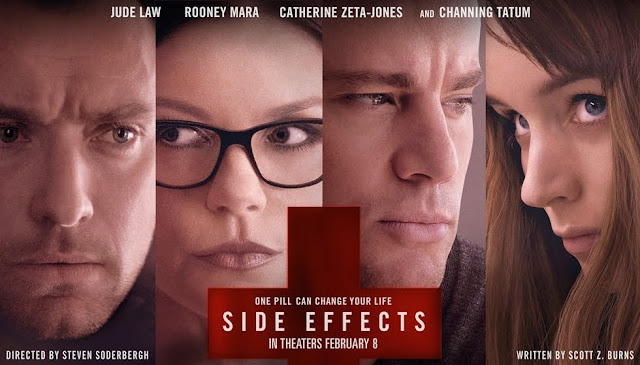 |
| Movie poster for Side Effects |
When I saw Side Effects about a month ago, I found myself eye-rolling my way through the entire second half of the film. I liked the first half, mostly because I like looking at Channing Tatum, but when he left the film, so did my desire to stay. As is almost always the case with me, if I spend too much time thinking about a movie, I usually decide that I 50% loved it and 50% hated it and could really go either way in my review of it. Since (I think) I mostly hated this one, allow me to illustrate those reasons first.
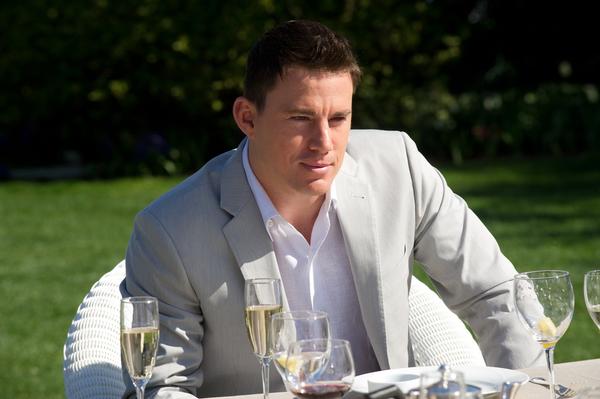 |
| Hi |
First, am I really supposed to take seriously an indictment of Big Pharma when Rolling Rock product placement shows up every five seconds? Honestly, if Jude Law had turned out to be a scheming Big Alcohol Lobbyist instead of a super likeable psychiatrist, I would’ve thought, “What a not-that-surprising twist!” I was just waiting for Jude Law to smile his Jude Law smile into the camera and say, “Why take Ablixa when you can numb your psychological pain with Rolling Rock!”
In addition to undercutting its attempt to take down the American Corporation Shitshow, the film manages to also undercut its initial critique of Rich White Dudes Ruining the Universe. How? The old-fashioned way: by throwing a couple of manipulative bitches in there to make Rich White Dudes sympathetic.
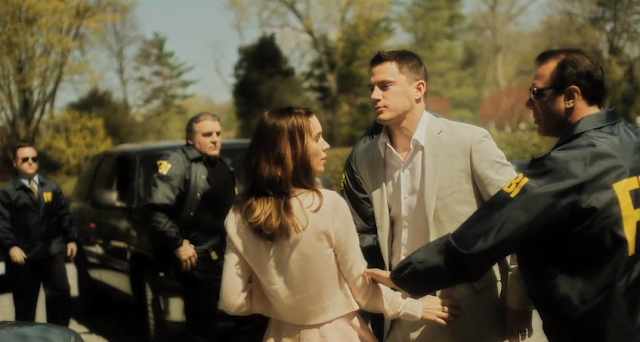 |
| Oh no, Martin, what have you done?! |
If you hate spoilers, for real stop reading now; I’m about to ruin EVERYTHING.
So, Rooney Mara plays Emily Taylor and fakes her suicidal depression so convincingly that I felt horrified when I realized the scam. I spent a significant part of that first half of the film identifying with Emily—her search for the right medications and dealing with their inevitable shitty side effects; her public crying jags, her complete lack of self-care, the desire to set up shop under the fucking covers forever—I mean, major depressive episodes are serious business. And her depression makes sense. Side Effects shows in flashbacks how her once Rich White Dude husband, Martin (Channing Tatum), ended up in prison for five years because of an insider trading scandal. The juxtaposition of their old life together—a giant mansion-esque home, expensive cars, 2000-dollar bottles of wine poured into diamond-coated glasses while Emily and Martin play doubles tennis in slow motion (not really)—makes their new tiny apartment and that whole scraping-by-for-cash thing that happens in the rest of Amurica look absolutely mortifying by comparison. I felt pretty bad for her.
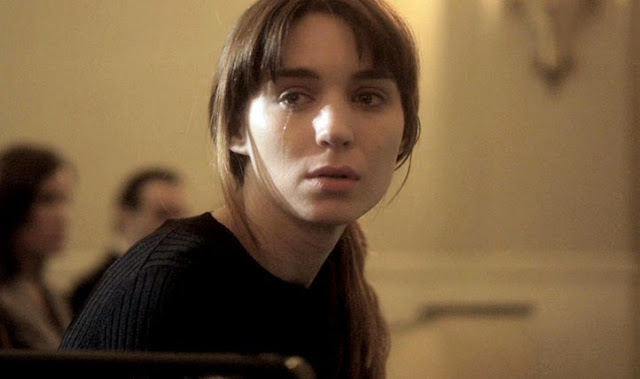 |
| SINGLE TEAR |
But then Jude Law (Dr. Banks) rolls in to save the day! I seriously couldn’t get over the niceness of this dude. He first meets Emily when he’s the on-call doctor in the ER after she deliberately drives her car into a fucking parking garage wall. They talk for a minute, and he eventually agrees to see her again on an outpatient basis instead of sending her to a mental hospital for her suicide attempt. He then prescribes a few medications that unsuccessfully treat her “depression” before settling on a newly developed drug, Ablixa, which comes with an unmentioned sleepwalking side effect. (Hi, Ambien lawsuits!) Of course murder ensues because SIDE EFFECTS, and shit gets real.
I hated pretty much everything after this.
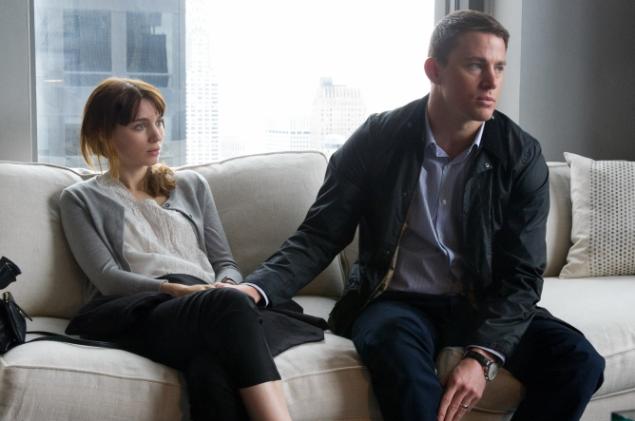 |
| Rich White Dude being all sympathetic and nice |
In general, I enjoy watching the (albeit rare) punishment of Rich White Dudes onscreen, especially given that this film takes place during one of the worst economic downturns in Amurican History, and I hope we can all agree that Rich White Dudes caused it and never suffered any actual real-life consequences. Unfortunately, Side Effects wants us to feel bad for these Rich White Dudes and successfully accomplishes that. Because these are the NICEST RICH WHITE DUDES EVAR. Like, Channing Tatum paid his dues. He went to prison and got out and spent the rest of his five minutes in the film apologizing incessantly for ruining his wife’s life. He took her to the doctor and tried to understand her depression and how best to care for her. By the time Emily pretended to sleepwalk a knife through his kidneys, I FUCKING LIKED HIM.
And poor Jude Law! Seriously, this bro made about zero questionable decisions in the first half of the film—other than being reasonably shitfaced on Rolling Rock during all his interactions—so he deserves about zero of the bad things that happen to him at the hands of Emily and her partner in crime (and previous psychiatrist) Dr. Victoria Siebert (Catherine Zeta-Jones). I mean, look at him:
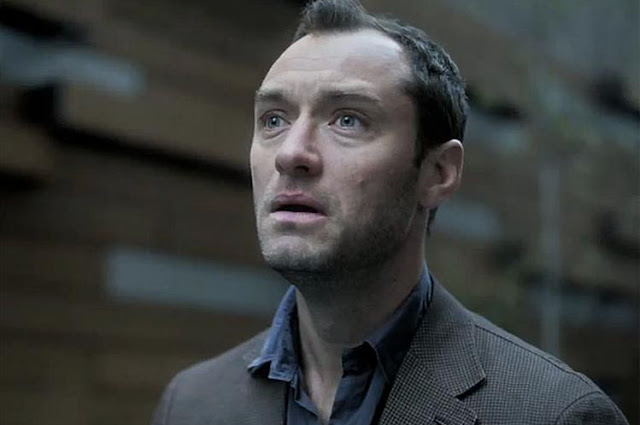 |
| Why are they doing this to Jude Law?! |
SERIOUSLY WHY ARE THEY DOING THIS TO JUDE LAW?! Turns out, Dr. Siebert and Emily wanted to get White-Dude Rich themselves! And in order to make that happen, they bought a shitload of stock in the Ablixa competitor, then tanked the Ablixa stock by blaming it for causing murder and mayhem. SIDE EFFECTS. Or something along those lines—my stock situation consists of a 401K from a job I lost in 1999, and I just keep letting it sit there because I’m not an adult yet. They did somethin’ real bad with stocks & stuff, is what I’m sayin’.
So, to recap my recap, in the process of Getting Rich or Dying Trying, these two ladies—in addition to, you know, committing murder, doing some questionable stock market shit, perjuring themselves in court, making a mockery of actual mental illness, and mind-fucking every person they come in contact with—ruin poor Jude Law’s life for no reason. He prescribed the Ablixa, after all. Does it matter that when Emily first “complained” of sleepwalking side effects he immediately said STOP TAKING IT? Nope. Does it matter that he dropped everything to console Emily every time she needed his help, even when she showed up looking like a stalker during his lunch date with his girlfriend-wife? Nope. Does it matter that he remained a staunch ally on her behalf throughout her entire murder trial? Nope. His medical practice crumbles; he loses patients; and his girlfriend-wife leaves him. Now all we’ve got is Jude in his apartment with the Rolling Rock, you know? I’ve never seen a more sympathetic character onscreen.
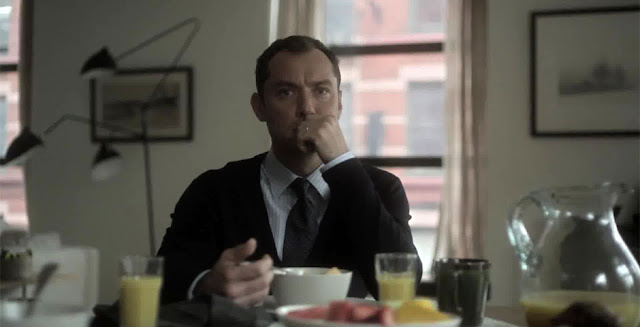 |
| Dr. Banks in the process of unraveling the tricky scheme |
Luckily he’s a Nice Guy™ so he eventually unravels the tricky scheme and of course manages to outsmart the ladies, who, in addition to being total assholes also happen to be—wait for it—LOVERS. So much duh right now, right? Like, could this film have worked at all if Catherine Zeta-Jones and Rooney Mara didn’t have a hot make out scene for no reason? FUCK NO IT COULDN’T HAVE.
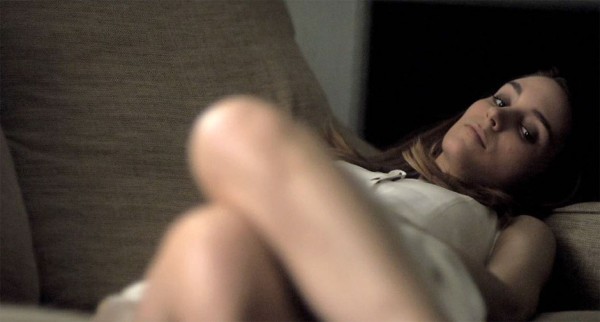 |
| Emily seducing Dr. Seibert because … ? |
Now, let me take a step back and talk about the one part I managed to not hate.
Once the Dr. Banks/Jude Law medical practice begins its downward spiral, one of his colleagues asks to speak with him. It’s a Rich White Dude, too! He and Dr. Banks and the audience have yet to figure out that this entire situation is a hilarious-suicidal-depression-not-really scheme. His colleague, concerned for how this Ablixa sleepwalking murder incident will impact him, looks at Dr. Banks and says, “Would you have treated her differently if she was a man?” Dr. Banks, appalled, refutes this and maintains his stance that he prescribed Ablixa only when other medications failed to effectively treat Emily’s depression. It’s convincing enough, but it got me wondering.
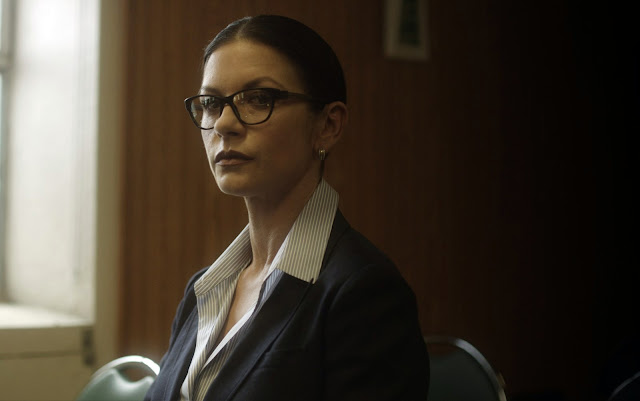 |
| Catherine Zeta-Jones as The Evil Dr. Siebert |
Is there any way in hell a man could’ve pulled this off the way Emily did? The success of this scheme relies mainly on one thing: believability. Dr. Banks needs to believe her. He needs to believe she’s suicidal. He needs to believe the medications he initially prescribed for her didn’t work. He needs to believe her depression is severe enough to warrant prescribing an experimental drug. Most importantly, he needs to believe Emily doesn’t require hospitalization while somehow also believing she isn’t a danger to others. Essentially, the success of this scheme relies on what is commonly referred to in feminism and in other intelligent –ism groups as Medical Sexism.
 |
| Dr. Banks knows what’s up. Finally. |
BOOM—I guess I don’t entirely hate you, Side Effects.
Medical Sexism exists because doctors and other members of the medical community often dismiss women’s very real physical symptoms as psychological. For instance, a woman experiencing shortness of breath is more likely to receive an anxiety diagnosis than a man with similar symptoms, who might be referred for more tests to rule out stuff like, oh I don’t know, SERIOUS HEART PROBLEMS.
This is some documented shit—with statistics to back it up and everything—and it has a lot to do with that whole HYSTERIA and Bitches Be Crazy thing still hanging around from the 19th century.
So, when Rich White Dude colleague asks Dr. Banks, “Would you have treated her differently if she was a man?” the correct answer, Dr. Banks, is “FUCK YUS I WOULD HAVE.” The reality is that Emily looked like a drugged, mopey, fragile, broken little girl, and Dr. Banks wanted to swoop in and touch her tiny hand and look into her watery eyes and say, “I can help you.” I dare a dude to throw his Honda Civic in drive and smash into a fucking cement wall. How long do you think it would take for Dr. Banks to personally roll Ol’ Dude’s ass up to the Bellevue Psychiatric Ward strapped to a fucking gurney?
Dr. Banks didn’t do that with Emily because, in his eyes, she looked like a sopping, hysterical lady-mess that The Lord Our God placed on this earth for him to fix all by hisself! And as a result, he accidentally glossed over Emily’s I’mma Murder My Husband situation. And you just know if it had been Ol’ Dude in the Honda Civic instead of Emily, he’d be failing the fuck out of The Dr. Banks “Is This Bro a Homicidal Maniac?” Test.
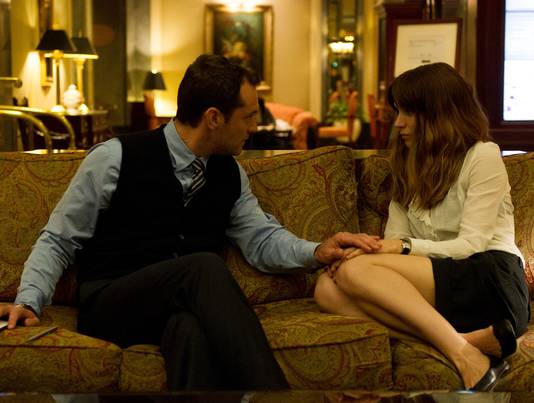 |
| Okay, maybe THIS was a questionable decision, Dr. Banks |
So should I call this a cautionary tale? Like, maybe Soderbergh’s all, “Listen. You should never let a woman’s supposed suicidal depression mask that bitch’s killing instinct.” Or maybe he’s all, “Listen. Stop Medical Sexism Now! Or Else!” I don’t know. But the simple fact that the Rich White Dude colleague spoke up about Emily’s gender, and how it might’ve impacted Dr. Banks’ treatment decisions, gives Side Effects a touch of complexity that it most certainly lacks otherwise.
Of course, thinking so much about the correct answer to “Would you have treated her differently if she was a man?” got me thinking about the correct answer to “Would you have hated this movie if it were about two men?” And then I laughed for ten minutes and choked from not breathing because this ludicrous shit became the plot of my new movie:
A man named Tommy Bronson reunites with his wife after her five-year stint in prison for insider trading. He becomes depressed and attempts suicide; after all, his wife lost their life savings and forced him to move into a small apartment where he struggled to make ends meet. He begins seeing a psychiatrist—Dr. Sheila Nori—after his first suicide attempt, and Dr. Nori agrees to see him as an outpatient, even though he’s clearly a danger to himself and possibly others. She puts him on an experimental new drug that causes Tommy to sleepwalk. He mentions it to Dr. Nori who immediately says, “You should stop taking the drug.” When he refuses—because his sex life is so much better now!—Dr. Nori drops the subject. Little does Dr. Nori know that Tommy is planning to revenge-murder his wife in a Sleepwalking While Stabbing Event.
 |
| Hi |
Dr. Nori stands by Tommy after the murder, but soon, Dr. Nori’s life starts to crumble. Her medical practice loses business; her colleagues question her ethics; her boyfriend-husband leaves her and takes the kid, too. She sits in her apartment alone, drinking Rolling Rock in the dark. Eventually, she puts some clues together and discovers that Tommy and his past psychiatrist, Dr. John Lerner, had planned the whole thing! And also, they’re lovers! She finds a way to ruin both their lives by having Tommy seduce John in the hopes that John will spill the beans because—get this—Tommy is wearing a wire! They get jail time and/or life in an asylum. Tommy and John fucked with the wrong shrink. (That’s the tagline.)
The end.



















